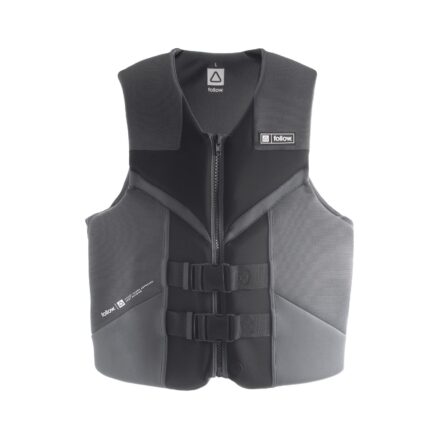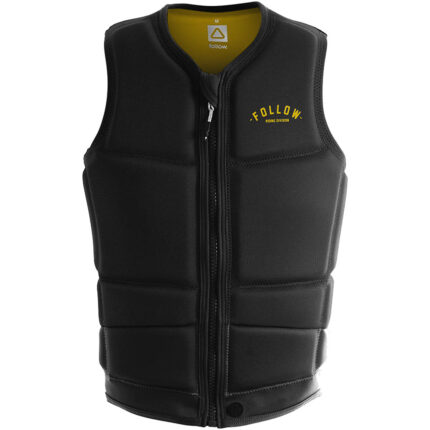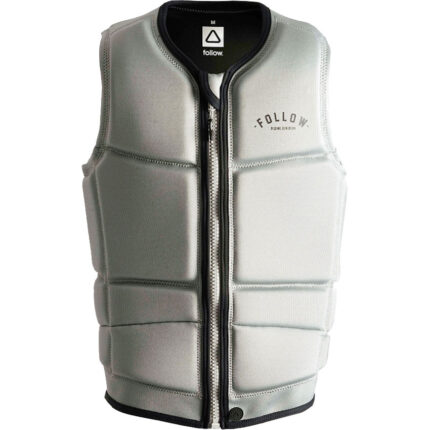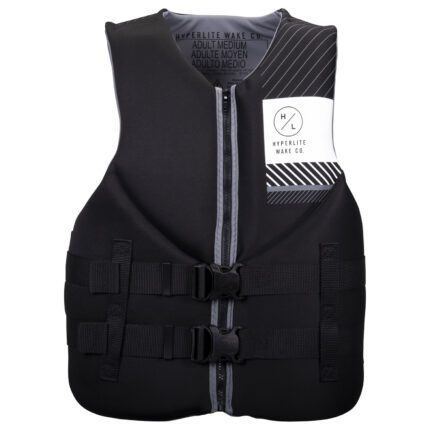Life Vests
Showing 1–12 of 49 results
Life vests, also known as personal flotation devices (PFDs), are essential pieces of safety equipment designed to keep individuals afloat in the water and prevent drowning. They are a crucial component of water safety, especially during water sports like wakeboarding. Here’s important information about life vests:
Purpose:
Buoyancy: The primary purpose of a life vest is to provide buoyancy to the wearer, helping them float on the water’s surface. This buoyancy reduces the risk of sinking and drowning in the event of accidental submersion, fatigue, or loss of consciousness.
Safety: Life vests are a critical safety measure, ensuring that individuals remain afloat even if they are unable to swim or are unconscious. They are essential for preventing water-related accidents and fatalities.
Materials:
Buoyant Material: Life vests are typically filled with buoyant materials, such as foam, which provide the necessary flotation. The foam is lightweight and designed to keep the wearer’s head above water.
Design:
Chest and Back Coverage: Life vests are designed to cover the wearer’s chest and back, with additional padding around the neck area to help support the head.
Secure Fastenings: They feature secure fastenings, often in the form of buckles, straps, or zippers, to keep the life vest securely in place during use.
Types:
Inherently Buoyant: Inherently buoyant life vests are made entirely of buoyant materials (foam) and do not rely on inflation mechanisms. They provide consistent flotation without the need for additional actions.
Inflatable: Inflatable life vests use CO2 cartridges or manual inflation mechanisms to inflate when needed. They are compact and comfortable to wear when deflated but require proper activation in an emergency.
Fit:
Proper Fit: It is essential to choose a life vest that fits properly. An ill-fitting life vest may not provide adequate buoyancy or comfort. Life vests come in various sizes to accommodate different body types.
Activities:
Wakeboarding: Life vests are a mandatory safety requirement for wakeboarding. They offer riders the assurance of staying afloat if they fall into the water.
Safety Considerations:
Certifications: Look for life vests that meet safety standards and certifications, such as the U.S. Coast Guard (USCG) approval, which ensures they meet specific buoyancy and safety requirements.
Maintenance: Regularly inspect your life vest for signs of wear, damage, or malfunction. Keep it clean and dry to maintain its performance. Replace any damaged or worn-out life vests promptly.
Life vests are essential safety gear for wakeboarding and all water-related activities. They are designed to provide individuals with the best possible chance of staying safe and afloat in the water. Always wear a properly fitting and approved life vest when participating in wakeboarding or any water sport to prioritize safety on the water.
 Boards
Boards Packages
Packages Boots & Bindings
Boots & Bindings Essentials
Essentials Waterwear
Waterwear Apparel
Apparel Wakesurfers
Wakesurfers
 Towers & More
Towers & More Boat Accesories
Boat Accesories Ballast Systems
Ballast Systems



















































